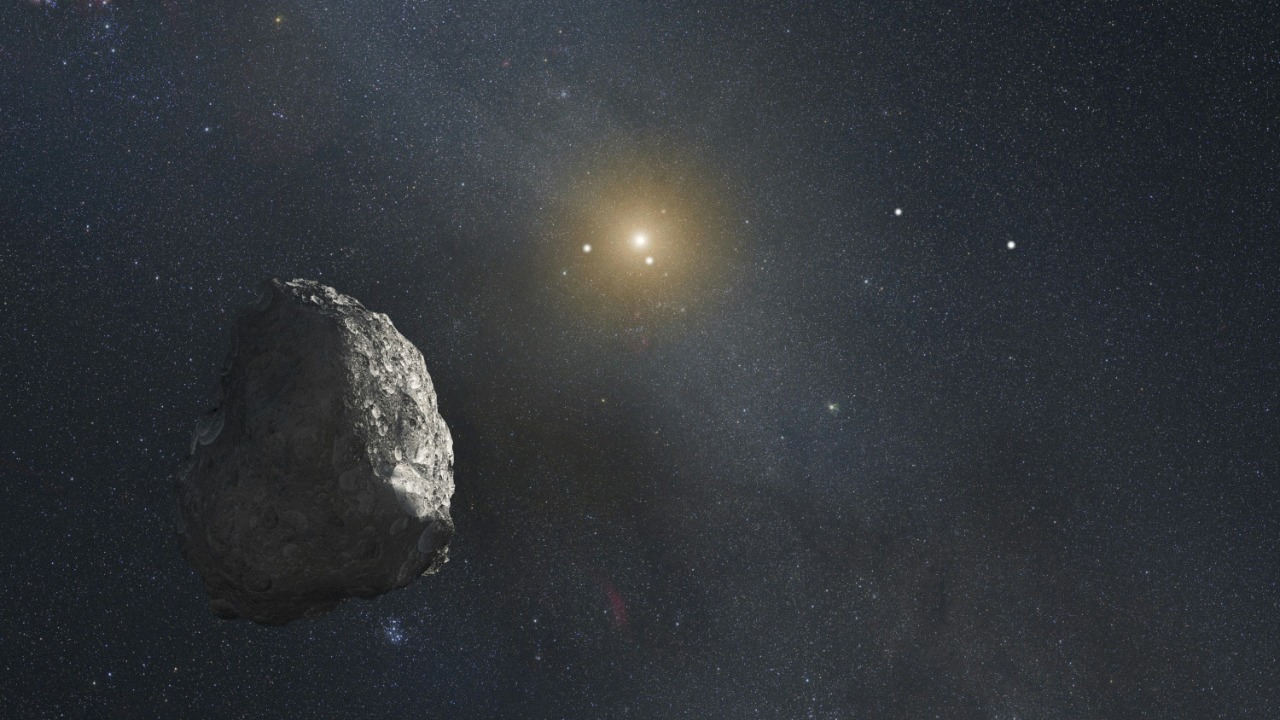
A 12-year-old boy from London, Ontario, has made a remarkable contribution to the field of astronomy by discovering two potential new asteroids. This achievement, recognized globally in mid-October 2025, not only highlights the young enthusiast’s passion for astronomy but also underscores the potential for amateur astronomers to contribute to scientific discovery through accessible tools and mentorship.
Early Interest in Astronomy
The young astronomer’s journey began with a simple fascination for stargazing. His passion for the stars led him to participate in astronomy programs in his hometown of London, Ontario. These programs provided him with the opportunity to engage in activities and observations that honed his skills in the field.
His dedication to astronomy was sparked by inspiration from his family and local resources. This support system played a crucial role in nurturing his interest and providing him with the necessary tools and guidance to pursue his passion.
The Discovery Process
The process of discovering the two potential new asteroids was a hands-on experience for the young astronomer. He utilized a telescope and engaged in data analysis to identify these celestial bodies. His findings were then verified with the help of mentors and organizations to confirm the potential of these objects as new asteroids.
The observations leading up to the global recognition of his discoveries were made over a period of time, culminating in the announcement on October 16, 2025. This timeline reflects the meticulous process of observation, analysis, and verification that the young astronomer undertook.
Global Recognition of the Finds
The discoveries were announced and validated by international astronomy bodies in October 2025. The young astronomer’s reaction to this recognition was one of excitement and anticipation. He stated, “I am really excited because I could name my asteroids.”
The news of his discoveries was covered by Canadian media, including CTV News London on October 18, 2025. The coverage emphasized the local pride in London, Ontario, for the young astronomer’s achievements.
Naming and Scientific Contributions
The process of officially naming the two asteroids is an exciting prospect for the young astronomer. His potential role in selecting the names adds a personal touch to his scientific contributions. These discoveries not only add to the catalog of known asteroids but also play a crucial role in tracking near-Earth objects.
The global recognition of his discoveries, as reported by The Star on October 16, 2025, has broader implications for amateur contributions to the field of astronomy.
Trends in Young Astronomers’ Innovations
The young astronomer’s discoveries are part of a larger trend of youthful innovations in astronomy. For instance, a high school student discovered 1.5 million potential new astronomical objects by developing an A.I. algorithm, as reported on April 15, 2025.
The 12-year-old’s manual observation techniques contrast with the high schooler’s tech-driven approach, demonstrating the diverse methods young astronomers are using to identify celestial bodies. These youthful innovations are accelerating discoveries in astronomy beyond traditional methods.
Impact on Future Astronomy Engagement
The story of the 12-year-old astronomer from London, Ontario, serves as an inspiration for other children to pursue astronomy. His recognition in October 2025 could potentially lead to educational outreach or school initiatives aimed at encouraging more young people to explore the field.
However, challenges remain for young discoverers, including access to equipment and mentorship networks. Addressing these challenges is crucial to support and foster the next generation of astronomers.
More from MorningOverview